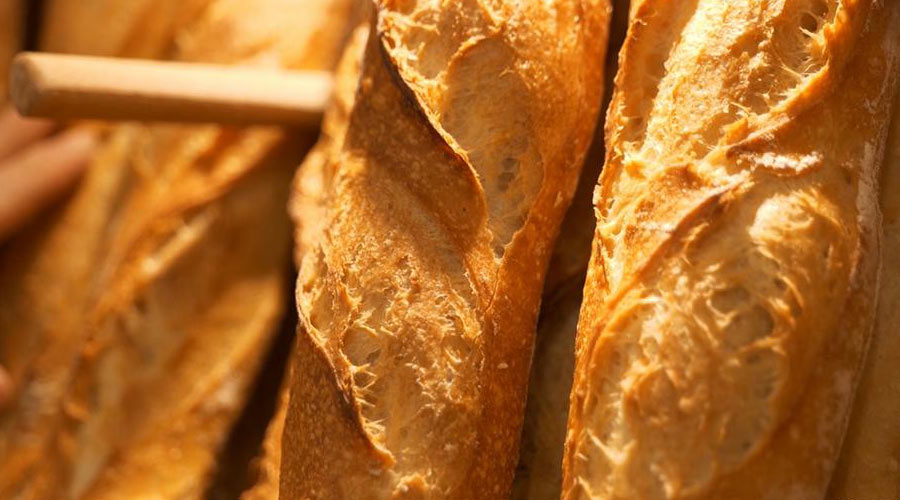Experts meeting in Morocco on Wednesday said they had added France's baguette culture to the UN culture agency's intangible heritage list.
The recognition comes after France's culture ministry warned of a "continuous decline" in the number of traditional French bakeries that make the crunchy sticks.
What's so special about the baguette?
Experts explained that the place on the List of Intangible Cultural Heritage went to the tradition and lifestyle that surrounds the baguette.
"Baguettes require specific knowledge and techniques..." said UNESCO in an online statement. "They also generate modes of consumption and social practices that differentiate them from other types of bread."
"Their crisp crust and chewy texture result in a specific sensory experience," the statement added.
UNESCO chief Audrey Azoulay said the decision was a recognition of more than just bread; it recognized the "savoir-faire of artisanal bakers'' and "a daily ritual."
"It is important that these craft knowledge and social practices can continue to exist in the future,'' added Azoulay, a former French culture minister.
The crusty flute — with a fluffy, moist interior and made only of flour, water, salt, and yeast — remains a quintessential part of French life.
More than six billion are baked every year, according to the National Federation of French Bakeries.
The baguette — meaning wand or baton — gained true popularity in the 1920s, although its origins go back to the 17th century.
Breakfast staple
A 1919 law preventing bakers from working before 4 a.m. offered the long, thin baguette an advantage over its fatter cousins, because it could be baked quickly and in time for breakfast.
That came at around the same time as a law that specified its minimum weight of 80 grams (2.8 ounces) and a maximum length of 40 centimeters (15.7 inches) for the baguette.
Initially, it was considered a luxury item, with rural working people eating breads that kept for longer without going stale. Consumption became more widespread in the 1960s and 1970s.
But, while the baguette is still in high demand, there are fears that more traditional bakeries are in danger.
Some 400 artisanal breadmakers have closed each year since 1970, a decline from 55,000 (one per 790 residents) to 35,000 today (one per 2,000). That led the French Culture Ministry to submit the baguette over all other Gallic contenders for the UNESCO plaudit.
French President Emmanuel Macron called for the baguette and its traditions to be awarded intangible heritage status in 2018.
The decline of old-style bakeries has been attributed to the increased number of industrial bakeries and supermarkets in rural areas.











